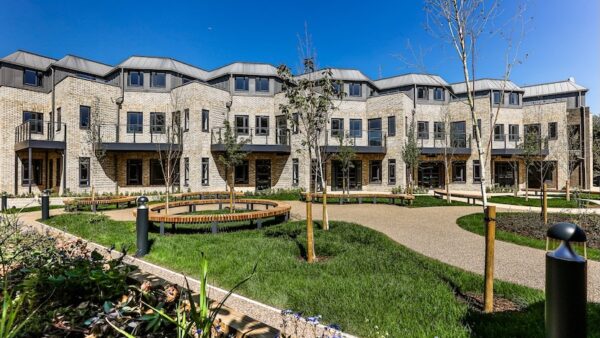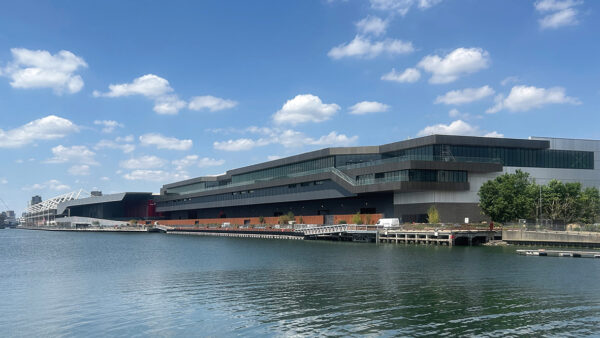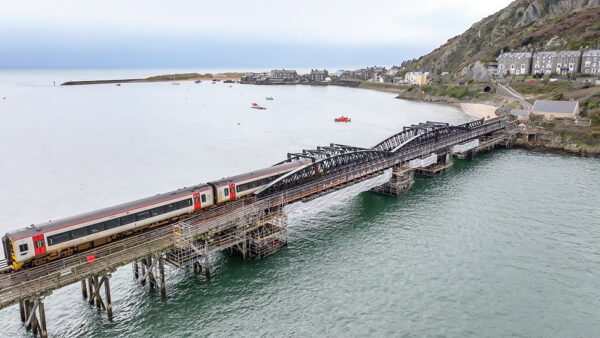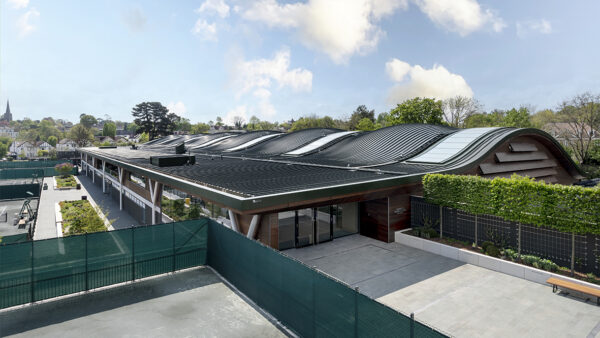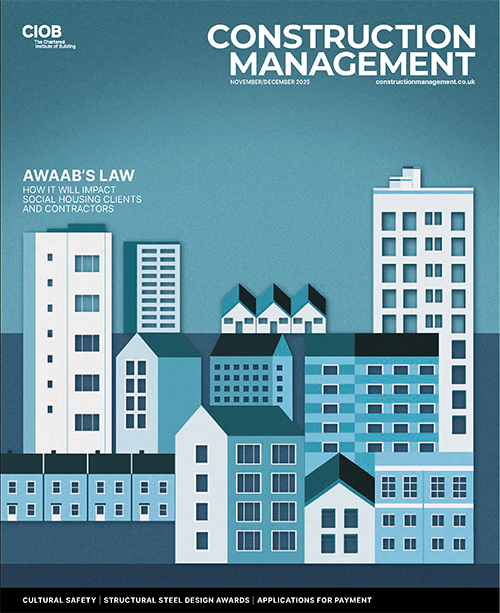In the latest article in our series with the Considerate Constructors Scheme, Desiree Blamey looks at how construction project managers can take more proactive steps to reduce the risk of skin cancer among outdoor workers.
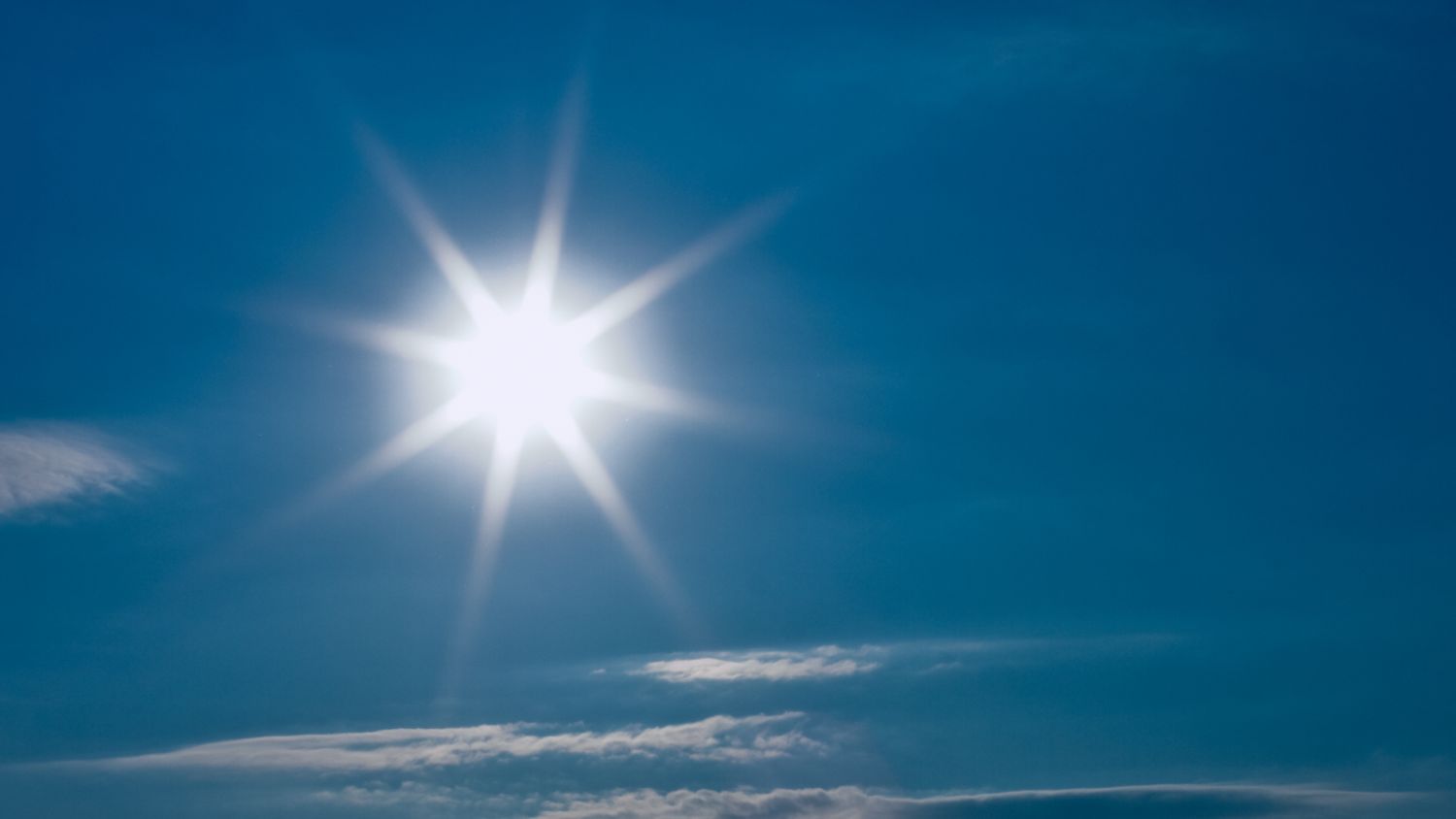
This May, Skin Cancer Awareness Month aims to highlight the importance of preventing skin cancer, a significant threat to construction workers in the UK, primarily due to prolonged exposure to ultraviolet (UV) radiation.
Despite comprising around only 8% of the UK workforce, construction workers account for 44% of occupational skin cancer diagnoses and 42% of related deaths annually, according to Health & Safety Executive (HSE) data. This disparity underscores the industry’s urgent need for enhanced sun safety measures.
The nature of construction work often necessitates extended periods outdoors, increasing exposure to harmful UV rays. Over time, this exposure can lead to various forms of skin cancer, including non-melanoma and malignant melanoma. The HSE has identified UV radiation as a significant contributor to occupational skin cancer cases among construction workers.
Best practices for sun protection
Protecting workers from UV exposure is an opportunity to lead by example. A robust UV risk management strategy can set contractors apart, showcasing their commitment to best practice and excellence during Considerate Constructors Scheme (CCS) inspections.
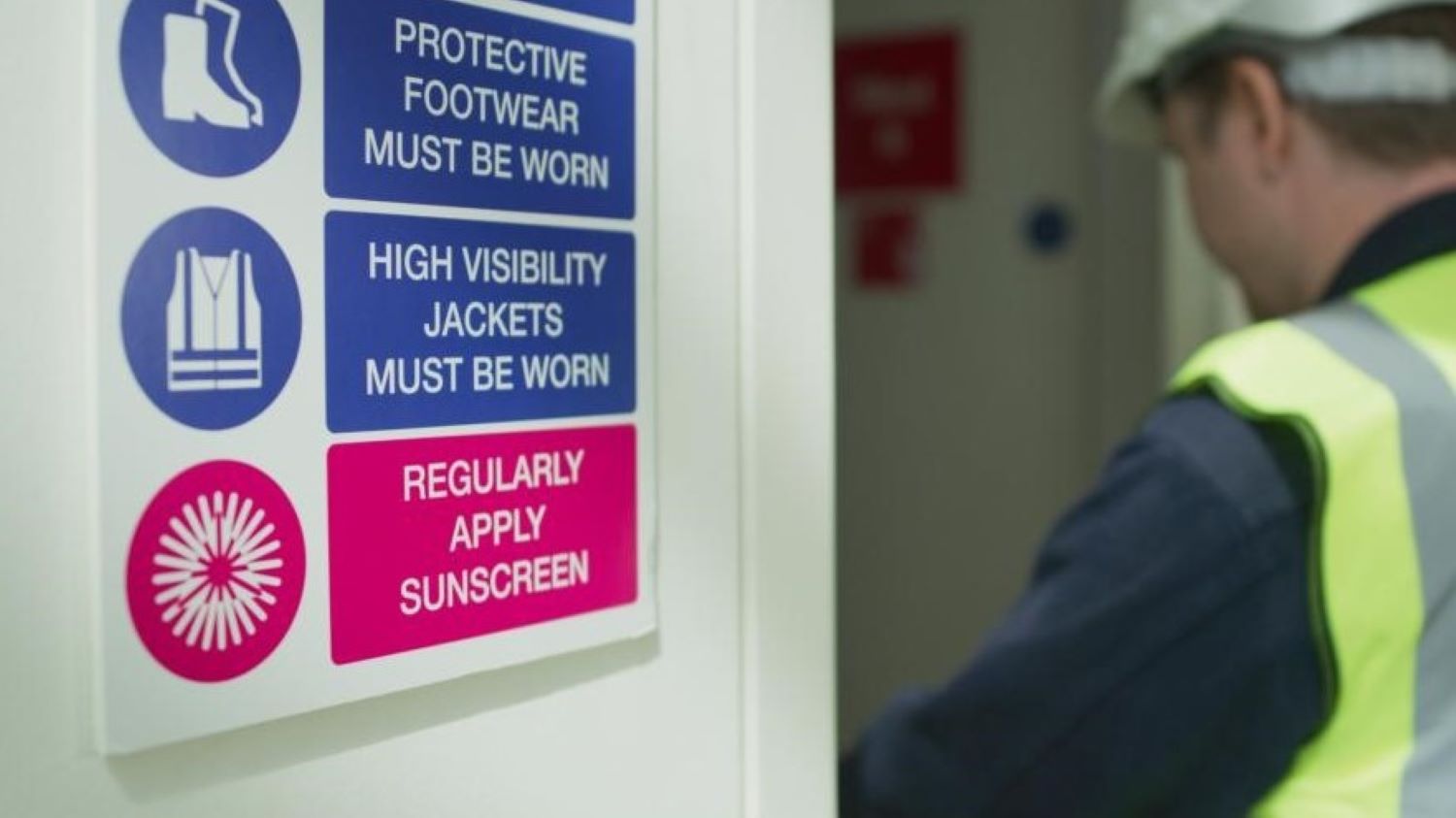
CCS has committed to updating its Code of Considerate Practice to include skin protection as a key element of our assessments. Companies that lead the way in UV safety will be recognised and rewarded as examples of thoughtful, responsible and considerate construction.
Recommended measures include:
- Avoid peak sun exposure (11am–3pm). Schedule outdoor tasks outside peak UV hours where possible. If not feasible, minimise exposure and reinforce other protective measures.
- Provide shade and rest areas. Ensure shaded areas are available for breaks and rest to reduce prolonged direct sun exposure.
- Treat UV as a workplace hazard. Integrate sun protection into health and safety policies.
- Supply sunscreen and sun-protective PPE. Make available sunscreen (SPF 30+) and sun-protective PPE, such as wide-brimmed hats, UV-rated clothing, UV400-rated sunglasses, at no cost to workers.
- Educate and train workers. Provide UV awareness training covering sun safety, risks of UV exposure, and skin cancer warning signs. Encourage regular skin self-checks and early reporting of changes.
- Use visual UV exposure tools. Help workers monitor daily UV risk with tools like UV index boards or UV-reactive technology.
Innovative approaches
UV monitoring systems, such as digital UV index displays, wearable sensors, or UV-reactive materials are becoming increasingly popular tools to help protect construction workers from harmful sun exposure. These systems provide real-time data on UV radiation levels, enabling both workers and site managers to adjust protective measures based on current conditions, rather than relying on assumptions or the weather alone.
UV radiation can vary significantly throughout the day. Levels typically peak between 11am and 3pm, when the sun is at its highest, but they can still be harmful outside of these hours, especially in spring and summer months when UV levels rise even on overcast days. According to the WHO: Global Solar UV Index, a UV index of 6 or above is considered high, requiring extra precautions, while levels between 3 and 5 still pose a moderate risk and call for basic protection like sunscreen and long sleeves.
By using UV monitoring tools, workers receive clear visual cues, often through coloured alerts, digital readouts, or changing materials, that signal when additional protection is needed. This empowers them to respond immediately by applying sunscreen, seeking shade, wearing UV-rated PPE, or taking breaks during high-risk periods.
Wearable initiative
To help reduce the risk of skin cancer among outdoor workers, CCS is supporting the launch of UV-U-SEE – a wearable initiative from Pablo London designed to combat melanoma risk for builders and set a new standard in health and safety on construction sites.
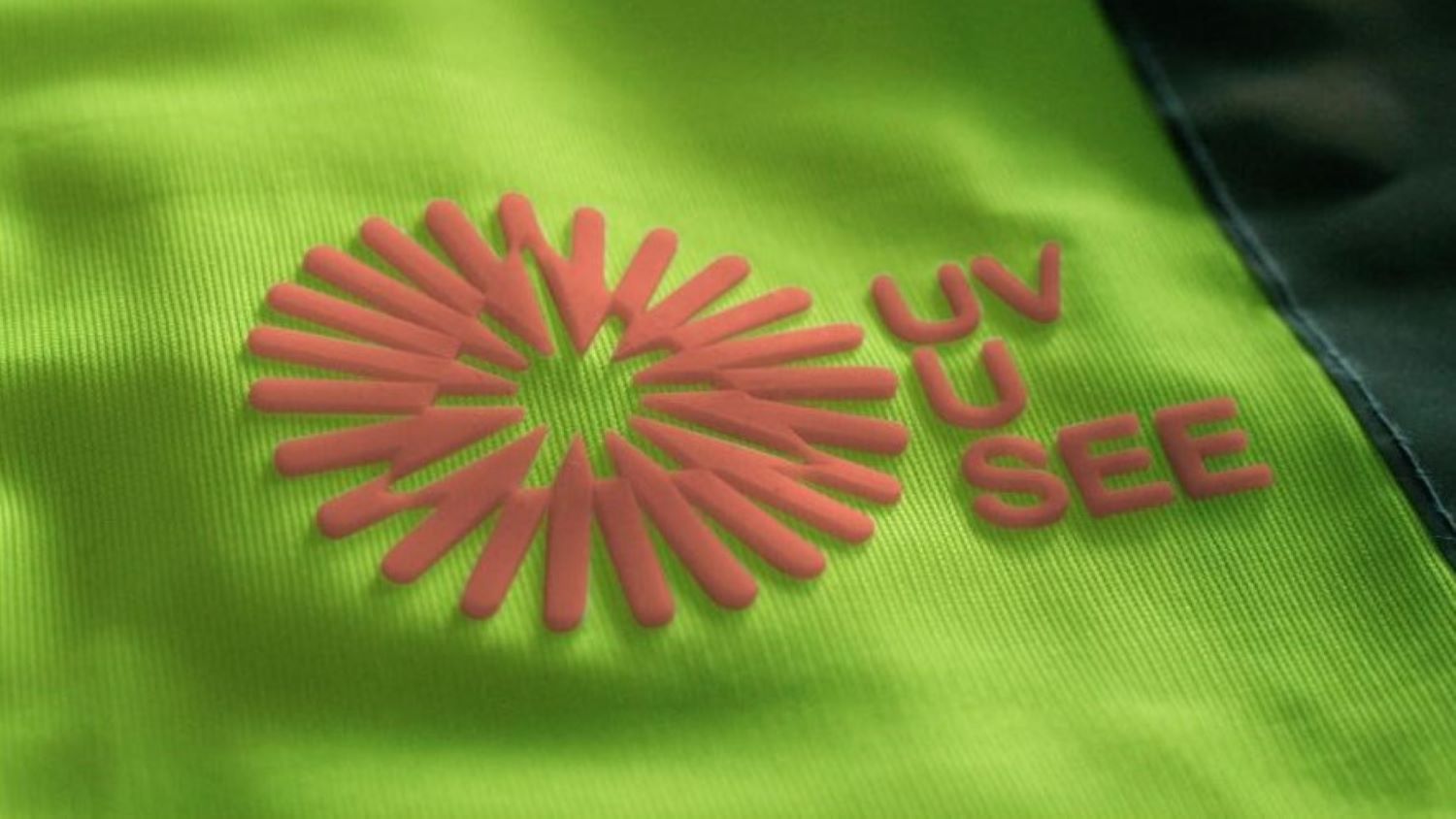
The UV-U-SEE system centres around the ‘Higher-Vis Vest’. This includes an integrated UV-U-SEE silicon logo on traditional high-vis vests, which is filled with a long-lasting UV-sensitive material. As the sun’s UV level intensifies, the logo changes from white to pink to red, alerting the wearer and fellow workers to apply sun cream and take precautions.
It makes an invisible killer visible, reminding onsite workers that they deserve and need protection. Alongside the higher-vis vest is UV-U-SEE sun cream from LifeJacket Skin Protection. A waterproof, non-greasy product that is easy to apply on site.
Ultimately, real-time UV monitoring not only enhances personal protection, but promotes a more informed and proactive site culture, where sun safety becomes part of the daily routine rather than an afterthought.
Conclusions
The high incidence of skin cancer among UK construction workers necessitates immediate and sustained action. Implementing comprehensive sun protection strategies, coupled with innovative initiatives like UV-U-SEE, can create safer working environments and protect the health of those who build our infrastructure.
Desiree Blamey is head of partnerships at the Considerate Constructors Scheme.





